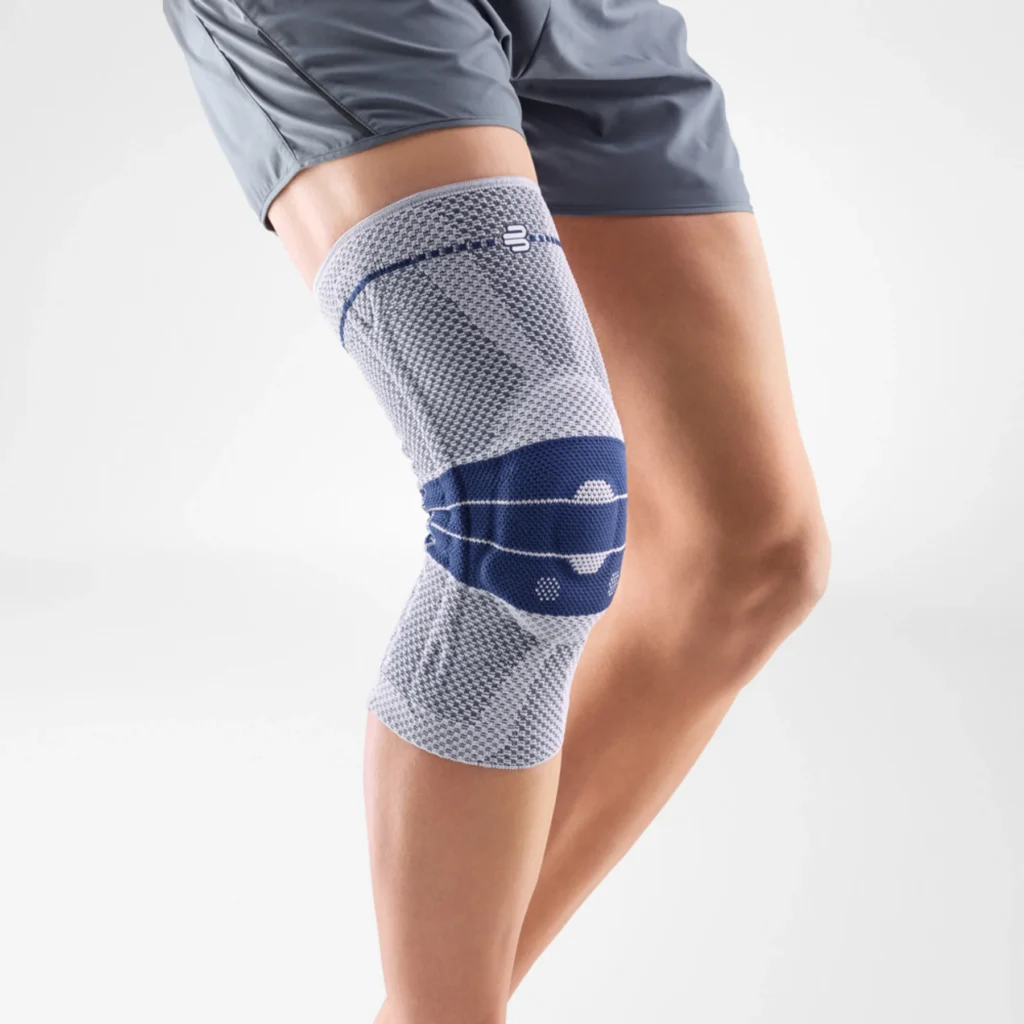Knee pads, often overlooked but crucial in various activities, play a vital role in protecting one of the most vulnerable joints in the human body. Whether you’re an athlete, a recreational enthusiast, or someone involved in physically demanding work, knee pads offer essential support, impact absorption, and injury prevention. In this comprehensive guide, we will delve into the significance of knee pads, their diverse applications, and the key factors to consider when choosing the right pair for your needs.
Understanding the Anatomy of the Knee
Before we explore the importance of knee pads, it’s essential to understand the intricate anatomy of the knee joint. The knee is a complex structure comprised of bones, ligaments, tendons, and cartilage. It serves as a hinge joint connecting the thigh bone (femur) to the shin bone (tibia) and fibula. Ligaments provide stability, tendons connect muscles to bones, and cartilage cushions the joint. This complexity makes the knee susceptible to various injuries, especially during activities that involve sudden movements, impact, or prolonged stress.
The Significance of Knee Pads in Sports
Impact Absorption: In sports like basketball, volleyball, and skateboarding, where abrupt stops, jumps, and falls are common, knee pads play a crucial role in absorbing impact. They act as a barrier between the hard playing surface and the delicate knee joint, reducing the force transmitted to the bones and ligaments. This impact absorption not only prevents immediate injuries but also helps in minimizing long-term damage caused by repetitive stress.
Preventing Abrasions and Cuts: Athletes often find themselves sliding or diving during games, exposing their knees to abrasive surfaces. Knee pad’s with durable outer shells provide protection against cuts, scrapes, and abrasions, ensuring that the skin remains intact even in rough playing conditions. This is particularly important in sports like rollerblading, skateboarding, and martial arts.
Stability and Support: Knee pad’s are designed to offer additional stability to the knee joint, particularly during lateral movements. Athletes engaged in sports like basketball, tennis, and soccer benefit from the support provided by knee pads, reducing the risk of sprains and twists. The compression and stabilization offered by knee pad’s can also aid in preventing hyperextension or hyperflexion injuries.
Knee Pads in Recreational Activities
Cycling: Cyclists often face the risk of knee injuries due to prolonged periods of pedaling and exposure to uneven terrains. Knee pad’s designed for cycling provide comfort, flexibility, and protection against impact, making them an essential accessory for both amateur and professional cyclists.
Rollerblading and Skateboarding: Recreational activities like rollerblading and skateboarding involve a considerable amount of risk, especially when attempting tricks or navigating challenging terrains. Knee pad’s with hard shells are indispensable in these activities, as they shield the knees from impact and abrasions, allowing enthusiasts to enjoy their pursuits with confidence.
Occupational Use of Knee Pads
Construction and Carpentry: Professionals working in construction, carpentry, and other physically demanding occupations often find themselves kneeling or working on hard surfaces for extended periods. Knee pad’s with gel or foam padding provide comfort and protection, reducing the strain on the knees and preventing chronic pain or injuries associated with repetitive kneeling.
Gardening: Gardening involves various activities that put strain on the knees, such as kneeling, squatting, and bending. Gardening knee pads offer cushioning and support, allowing enthusiasts to indulge in their passion without the fear of discomfort or knee-related injuries.
Choosing the Right Knee Pads
Material and Construction: Knee pads come in various materials, including neoprene, foam, and hard plastic. The choice of material depends on the intended use. Neoprene and foam provide flexibility and comfort, making them suitable for activities like volleyball or cycling. Hard plastic is ideal for high-impact sports and professions where protection against abrasions and cuts is crucial.
Size and Fit: Proper sizing is crucial for the effectiveness of knee pads. Ill-fitting pads can slip or restrict movement, compromising both comfort and protection. Most knee pad’s come in different sizes, and manufacturers provide sizing guides to help users choose the right fit. Adjustable straps and closures also contribute to achieving a secure and comfortable fit.
Level of Protection: Consider the level of protection required for your specific activity. Activities involving high-impact falls or collisions may necessitate knee pads with hard shells for maximum protection. On the other hand, activities with less impact may only require softer, more flexible padding.
Breathability: For activities that induce sweating, such as sports or construction work, opt for knee pads with breathable materials. Adequate ventilation prevents overheating and discomfort, allowing users to wear the pads for extended periods without irritation.
Conclusion
Knee pads are an indispensable accessory for athletes, recreational enthusiasts, and professionals engaged in physically demanding activities. Their role in preventing injuries, absorbing impact, and providing stability cannot be overstated. Understanding the specific demands of your chosen activity and selecting the right knee pads based on material, size, and level of protection will ensure a safer and more enjoyable experience. Whether you’re shooting hoops on the basketball court, riding your bike through challenging trails, or working on a construction site, investing in quality knee pads is an investment in your safety and well-being.







